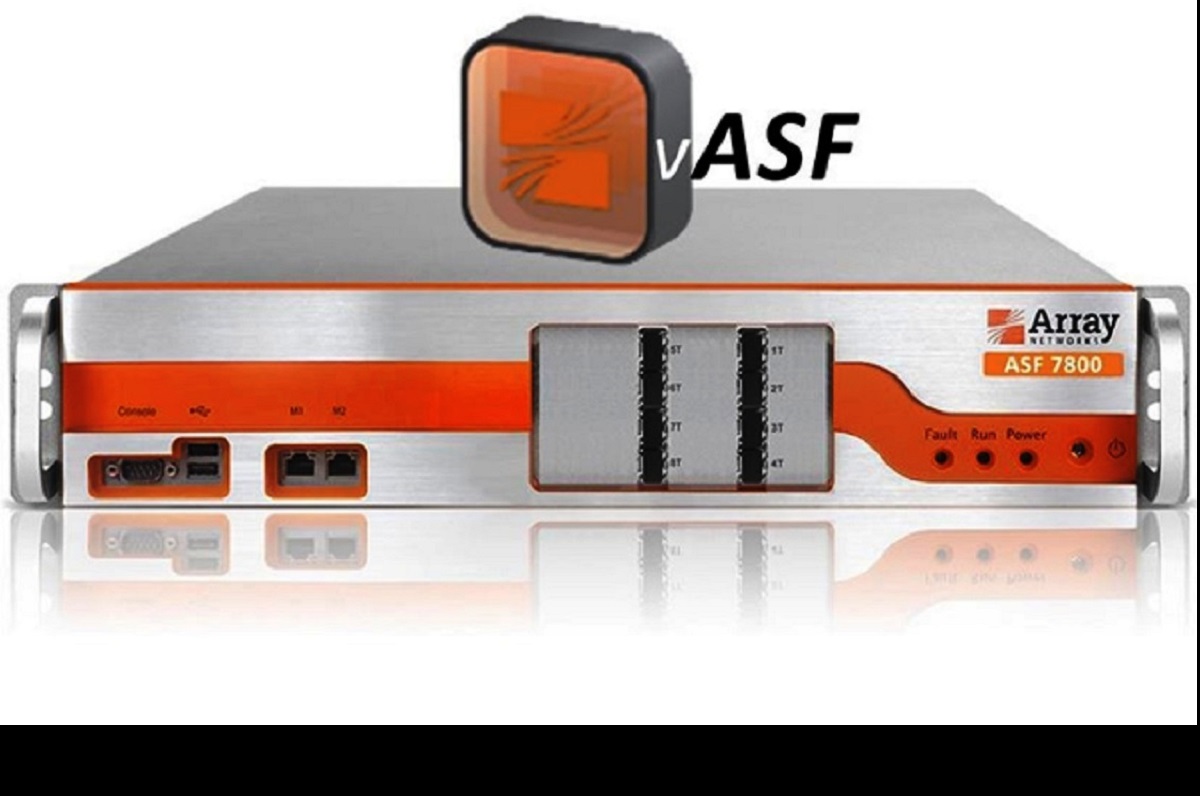The outbreak of the coronavirus pandemic has forced businesses across the globe to strengthen their cybersecurity measures to protect their data and networks. With an ever-increasing number of organizations getting used to the culture of remote work on a permanent or semi-permanent basis, the threat is expected to expand further making strong networking a necessity more than ever.
“Technology has and will be the core enabler of the transition that many organizations are witnessing in the post-pandemic world. 2020 has been unusual and this has led to technology gaining inroads into all sectors from education to healthcare. Remote working, hybrid workforce, cloud transitions are all necessary to support business continuity and networking is needed to achieve success,” said Shibu Paul, VP-International Sales at Array Networks.
So what are the networking trends of 2021?
Advertisement
- Network Automation: Today organizations have both traditional and cloud-native applications to manage these applications with speed, agility and consistency network automation is most preferred. According to a recent survey, it is said that network automation has been a 70 per cent top technology trend due to the pandemic as organizations needed advanced technologies to help them navigate the sudden change.
- Zero Trust: Traditional security parameters are time and again proved to be ineffective with more high-tech targeting tactics. Zero trust helps organizations fight such threats at the micro-level with authentication of access requests at every point within a network. By2027 at 19.71% CAGR, the zero-trust security market is projected to reach $94.35 Bn and this is the indication of the important role zero trust is to play.
- SD-WAN: Software-defined wide area network (SD-WAN) is a virtual WAN architecture that simplifies the management of branch network connections and enables faster cloud connectivity. While the demand for SD-WAN decreased a bit in 2020, the demand is predicted to increase in the coming years showcasing the constantly shifting of the work process from traditional to the cloud.
- Cybersecurity Mesh: To achieve scalable, flexible and reliable security, the concept of cybersecurity mesh is popular. For intensified remote working like the current times, there is a need to protect data from external and sometimes internal threats and cybersecurity mesh is the right approach.
- IoT and Network Edge: The point at which the enterprise-owned network connects to a third-party network is known as the network edge. With the overflow of data, many data centers and devices experience strain. To remove this strain from DCs, the network edge physically moves the computation part from DCs to the edge of the network. The edge computing network architecture can conserve network resources by offloading network traffic, thereby reducing network latency and bottlenecks.
- SASE: Secure Access Service Edge (SASE) is useful for remote working as organizations revamped their network architecture to enable remote working, IoT endpoints and teleworkers. A distributed workforce with a decentralized infrastructure needs a different security posture as part of that architecture and SASE is emerging as an appropriate solution.
- Internet of Behaviors (IoB): Gartner predicts that by 2023 individual activities of 40% of the global population will be tracked digitally to influence our behavior. The interconnection of devices resulting in a vast variety of new data is what exactly IoB refers to. To manage such a vast variety of data a strong network solution is required which would avoid the websites or the organization’s platform from collapsing.
- Hybrid Work Model: The hybrid work model existed before the pandemic hit the world, however, it became necessary and relevant with the onset of the pandemic. The key to the hybrid work model is digitalization and for a strong digitization process, networking is of utmost importance. For a strong hybrid work environment the network products and services should be updated and state-of-the-art, hence making the work model successful with reduced risk factors.
About Array Networks
Array Networks solves performance and complexity challenges for businesses moving toward virtualized networking, security and application delivery. Array addresses the growing market demand for network functions virtualization (NFV), cloud computing, and software-centric networking. Proven at more than 5,000 worldwide customer deployments, Array is recognized by leading analysts, enterprises, service providers and partners for pioneering next-generation technology that delivers agility at scale.
Advertisement











